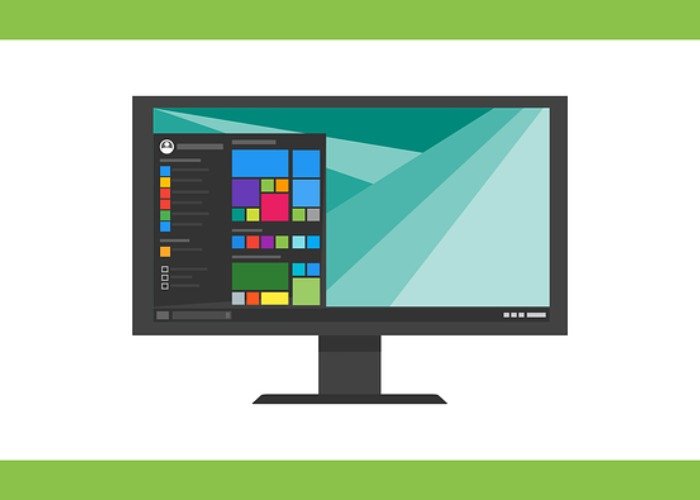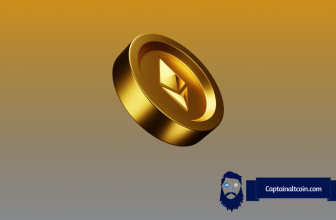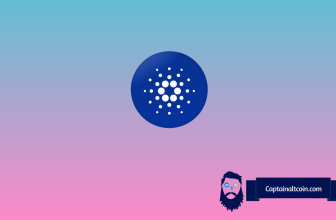
The Consensus event which is currently ongoing in New York is looking to introduce a much wider audience of people to Bitcoin and blockchain technology. And while performances like bankers against Bitcoin and Bitmex renting three Lambos and parking them in front of the Consensus hotel do help with hype and exposure, ultimately most people come there to hear a thing or two about the technology as well.
One such panel that will focus on future of blockchain technology will be held by Microsoft on May 16th under the name “Decentralized identity for a decentralized world”. Alongside Sovrin, Blockstack and uPort, Microsoft will share with interested parties why exactly do they need “Decentralized Identity”, a proof of concept that aims to create a decentralized internet user experience for everyone.
The idea behind this project is to introduce new types of digital identities which will be “designed from the ground up to enhance personal privacy, security and control”. The projects is a follow-up on Microsoft’s decision to join the ID2020 initiative, a global public-private partnership dedicated to aiding 1.1 billion people around the world who lack any legal form of identity.
Identity data collection industry is extremely big and profitable, with billions of dollars being paid yearly to collect and secure the data. Microsoft believes that this data should stay in the hands of the individuals which should allow them to fully control their digital identities.
“Each of us needs a digital identity we own, one which securely and privately stores all elements of our digital identity. This self-owned identity must be easy to use and give us complete control over how our identity data is accessed and used,” claims Ankur Patel from Microsoft’s Identity Division.
Such a decentralized identity ecosystem needs to be built on top of an open source protocol which is inclusive and accessible to anyone, anywhere. For that purpose, a Decentralized Identity Foundation (DIF) is being run to develop key components and strategies which will ensure the widespread adoption and usability of the platform. The 4 important pillars of this new ecosystem will be:
- Decentralized identities anchored by
- Blockchain IDs linked to
- Zero-trust datastores that are
- Universally discoverable
One important takeaway from Microsoft’s blog post about the matter would be the part which talks about what kind of blockchain would be most suited for this platform. The full segment says:
“To support a vast world of users, organizations, and devices, the underlying technology must be capable of scale and performance on par with traditional systems. Some public blockchains (Bitcoin [BTC], Ethereum, Litecoin, to name a select few) provide a solid foundation for rooting DIDs, recording DPKI operations, and anchoring attestations. While some blockchain communities have increased on-chain transaction capacity (e.g. blocksize increases), this approach generally degrades the decentralized state of the network and cannot reach the millions of transactions per second the system would generate at world-scale. To overcome these technical barriers, we are collaborating on decentralized Layer 2 protocols that run atop these public blockchains to achieve global scale, while preserving the attributes of a world class DID system.”
This post implies that an already existing blockchain will be used to power the platform’s ecosystem. Currently, when it comes to second layer solutions, Bitcoin is in the lead (when compared to ETH and LTC) thanks to the advantages of its Chainpoint protocol. A lead developer at Microsoft, Daniel Buchner, tweeted out seemingly a confirmation that Bitcoin is being considered as the blockchain of choice:
“I was intro’d to Bitcoin in early 2011 by a good friend at Mozilla. That year I started working on a proposal called Firefox Handshake, a vision for decentralized apps/comms based on Bitcoin-anchored decentralized IDs Now, in May 2018, we’re at the tipping point of inevitability”
Buchner later on confirmed that Chainpoint will be used to anchor the platform to the BTC blockchain:
“They’re anchored to the chain via protocols like Chainpoint and other such mechanisms, but that’s just the timestamp – it’s the signatures from the decentralized identifiers involved in the transfer that determine validity/enforceability.”
Chainpoint, managed by Tierion, has proven its ability to anchor hundreds of millions of hashes per day to BTC blockchain; this should help Microsoft get the global scaling of their product which they require. Chainpoint is already being used by enterprise platforms, with over 7000 nodes maintaining the Chainpoint calendar as the layer 2 protocol. Tierion network token (TNT) will be used as a means for settlement of value between network participants. Tierion are also a part of DIF and have been working with Microsoft for long time.
A possible adoption of a Bitcoin related protocol by Microsoft could signal excellent things for the currency and the entire market. It would mean that one of the greatest tech companies in the world is willing to use Bitcoin’s blockchain as a basis for its work, which can only drive the adoption and price of Bitcoin upwards.







